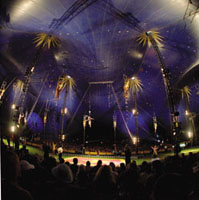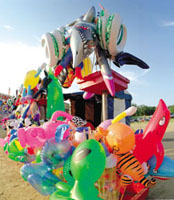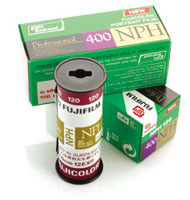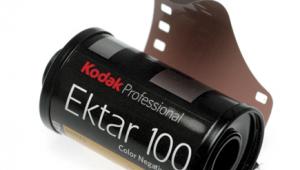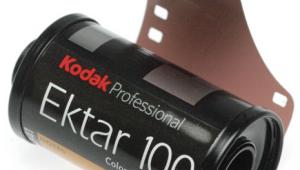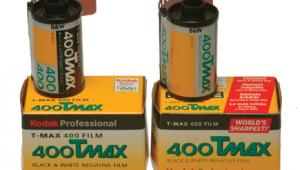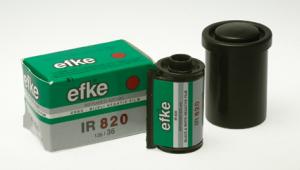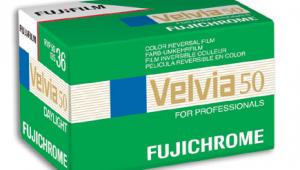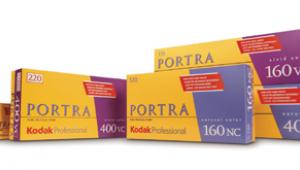Fuji NPH 400 Professional
Fuji ReInvents Fast Color Negative Film
I knew this would happen.
I knew that just as digital cameras got really good and really inexpensive
we'd see lots of great film stock. I'll admit that my own
shooting, whether for clients or personal amusement, is mostly digital
these days. Sure, I shoot a bit of 4x5 Fuji Provia and a bit of 120,
but mostly I have replaced color negative film with digital. Of course,
the more I shoot digitally the more I begin to notice the shortcomings
of my digital images--the artifacting, odd color balance, and hours
of Photoshop work sometimes make me nostalgic for the good old days
of film, pro color labs and really crisp "C" prints. |
|||
Fuji claims
that the already bright, colorful, and supremely fine-grained 400 speed
film now features much better skin tones, much more accurate color reproduction,
better shadow detail, and wider exposure latitude. It all sounded good,
so let's check it out.
Besides the slick new packaging, the 120 film itself features Fuji's new peel and stick paper backing. (Yes 120 fans no more lick and stick!) I'm surprised it has taken us so long to finally get this feature on roll film. Since almost all of my work involves four-color reproduction, which is a tougher test of color balance, neutrality, and shadow detail, I figured that I would scan up some film, run it through my color management system and have some Iris prints pulled. To evaluate I shot some test charts and a few studio portraits, all of which looked excellent. Since this was 400 speed film I figured we needed some ambient light situations. Always impressed by Fuji's bright and poppy color sense, I headed to the circus. Armed with my funky and fragile Kiev 60 with 30mm fisheye lens I shot clown portraits at sunset, inside the circus tent wide-open, and even some shots of the concession stands in the last bits of amber daylight. As is my custom with color negative films, I overexpose everything one f/stop. (A denser negative scans much better than a thinner negative.) For the tent shots I just shot whatever I could, which resulted in me underexposing by one stop. This truly would be a good test for this new film. |
|||
Film Performance |
|||
Overall a very impressive performance.
The new Fuji NPH 400 rivals 100 speed color negative film for fine grain,
competes head to head with some "portrait" films for accurate
and pleasing skin tones, yet can hang in there with the color and saturation
kings like Fuji's own Velvia and Provia reversal stock. There is
little not to like about this excellent new film. Fuji film tends to have
a very definitive "Fuji look" that has won over many fans.
For some it can be a bit much, color and saturation wise, but if you know
this look and love it, here is one more excellent film stock to take full
advantage of it. |

